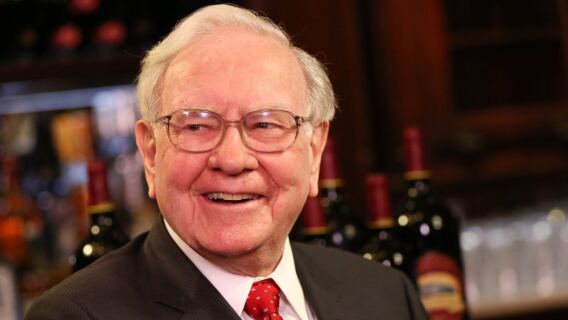Benjamin Graham is known as the “father of value investing” and his teachings have created a generation of value investing superinvestors.
In 1984, Warren Buffett wrote his famous article, The Superinvestors of Graham-and-Doddsville for Hermes, a Columbia Business School Magazine. In the article, Buffett highlighted seven portfolios that had outperformed the market by a significant margin. Buffett said that these portfolios, run by value investing superinvestors, all had one common intellectual theme: “They search for the discrepancies between value of a business and price of small pieces of business in the market.”
None of those portfolios exist in their true form now. However, two funds that still exist are the Tweedy, Browne Value Fund and the Sequoia Fund.
Tweedy, Browne Partners was started in 1968 by Tom Knapp and Ed Anderson, both of whom were Graham disciples. The Tweedy, Browne Value Fund is a mutual fund started in 1993 with some of the same principals as the original Tweedy, Brown Partners.




When Buffett became part of the partnership in 1969, he recommended his partners join the Sequoia Fund, which was started in 1970 by Bill Ruane, who Buffett had met in Ben Graham’s class.
At the time Buffett wrote The Superinvestors of Graham-and-Doddsville, Tweedy and Brown was outperforming the S&P 500 by 13%, a spread worthy enough to call Tom Knapp a superinvestor. At the same time, Sequoia was outperforming the S&P 500 by 8%. However, the existing form of both the funds has been underperforming the market in recent years. One may wonder if any superinvestor of Graham-and-Doddsville still exists apart from Buffett, who recently turned 94 years old.
Value Investing in a Nutshell
The fundamentals of value investing have been time-tested. Followers of the value philosophy such as Warren Buffett, Seth Klarman and Howard Marks have amassed billions of dollars in their lifetimes. Here are the basic tenets of value investing:
- Shareholders as Business Partners
Value investors believe that buying a stock is comparable to buying a portion of the business. Thus, a value investor is not concerned about short-term changes in the stock price as much as the long-term business performance such as earnings growth, competitive positioning, etc. It’s similar to buying a farm: When you buy a corn farm, you don’t worry too much about the resale value of the farm, but you do worry about how much income you can earn from the harvest and the chances of drought in the area. Similarly, a value investor studies the value of the business rather than the movement of stock price charts.
- Intrinsic Value
Returning to our farm example, we would value the corn farm based on the earning potential of the farm. For instance, it would be outrageous to pay $100,000 for 10 acres of farmland which has an earning potential of $100/acre after all the costs. It doesn’t matter if everyone else is willing to pay even more than $100,000 for the same piece of land. A value investor would simply call it a “corn mania” and move on to other opportunities. Value investors may not necessarily follow the crowd. They are rather focused on the “intrinsic value” of the asset, what the business is really worth—measured by its book value, earning potential and the probability of its sustainability.
- Mr. Market
Benjamin Graham in his book The Intelligent Investor introduced the famous parable of Mr. Market. Every day, Mr. Market (for example, the S&P 500) offers a price for a security. As value investors, our job is to prudently judge if the offer price is a bargain. In contrast to other investors, the happiest moment for value investors would be when Mr. Market offers a huge discount. It happened during 2008—not a bad year for a value investor! It was a time to go discount shopping. On the other hand, when Mr. Market is all pumped up, he prices his goods at an outrageously high price. It is to be noted that there is no obligation from our side to accept what Mr. Market offers. We can simply ignore him at euphoric times, and our disciplined approach would protect us from downside risk.
- When to Sell?
Warren Buffett famously said that his favorite holding period is forever! A value investor does not prophesize when the market will realize its intrinsic price. However, the value investor accepts that at some point in the future, the market will realize its intrinsic value—it could be in a month or five years. When the value investor realizes that Mr. Market is willing to buy his stock at a premium, he will sell and invest in another bargain stock.
- Margin of Safety
Margin of Safety is the famous term coined by Ben Graham in Security Analysis. In simple terms, an asset worth $100 and bought at $80 has a better Margin of Safety than the same asset bought at $95. Seth Klarman, in his book Margin of Safety: Risk-Averse Value Investing Strategies for the Thoughtful Investor, says, “Value investors seek a margin of safety, allowing room for imprecision, bad luck, or analytical error in order to avoid sizable losses over time.” The Margin of Safety is critical for a value investor to avoid losses at the time of market downturn.




*This post has been updated from a previously published version.
